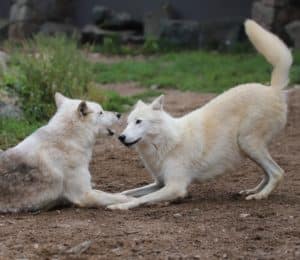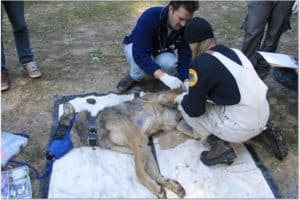There’s so much to know about wolves – where they live, how they communicate, what they eat. We put together descriptions of some of the field trips for you to choose from to learn and discover.
Save
The field trips are typically:
- 2 to 4 hours
- Available for participants ages 6 and older
- Groups larger than 14 will be split into subgroups
- May include group activities
- Always adapted to the audience
Transportation is not included. Participants need to provide their own transportation and follow the International Wolf Center van.
Do you have questions about program content? Email us.
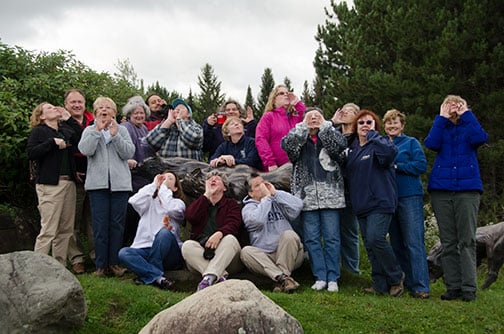
Wolf Communication Field Trip (1 to 2 hours)
Learn the how and whys of howling and other wolf vocalizations. After an indoor presentation on wolf communication, travel by vehicle into the Superior National Forest with your educator and howl to a local pack. Minimal walking involved.
Wolf Research Techniques (1 to 2.5 hours)
An indoor, introductory program on wolf research methods is followed by field application off-site location to try to locate a radio-collared wolf in the wild. Some light hiking involved.
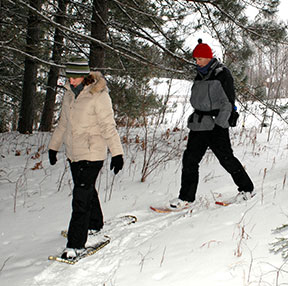
Wolf and Wildlife Signs Hike/Snowshoe (1 to 2.5 hours)
Travel off-site into the Superior National Forest to a local trail and explore the northwoods looking for signs of wolves and other wildlife such as tracks, scat and scrapes. Trails are typically 1 to 3 miles in length over uneven natural trails. Light to moderate hiking/snowshoeing is involved (snowshoeing is dependent on snow conditions).
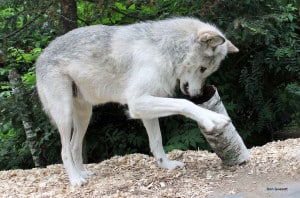
Beavers and Wolves (1 to 2.5 hours)
Visit the home of one wolf prey, the beaver. Travel off-site to an active beaver pond and learn how beavers successfully evade wolves and other predators. Light to moderate hiking involved depending on the location of the pond. This program is available Memorial Day through Labor Day.

The International Wolf Center uses science-based education to teach and inspire the world about wolves, their ecology, and the wolf-human relationship.

